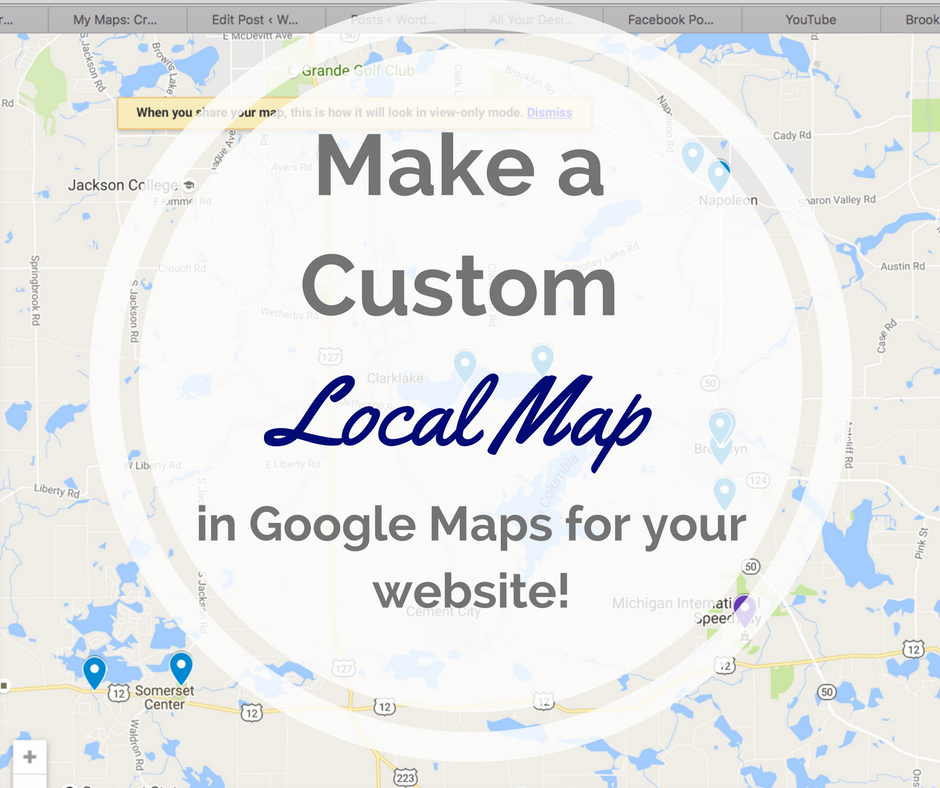

When you have this feature turned on, your Google profile picture and user name show up on a shared or embedded map. Attribution:You can take credit for a map that you share.By using Google MyMaps, we’ll worry about the traffic. Reliability: We know maps built and shared during times of crisis can experience spikes in traffic, sometimes leading to reliability issues.Share & Embed: Each map has a unique URL that you can share with others directly or on your social media, and embed code to plug an interactive map onto your website.Collaborate: Just like a Google Doc, you can share & edit maps with others, and manage these files in Google Drive.Learn more about file formats, file sizes, and troubleshooting tips in the Help Center. Import spreadsheets: You can import map features like lines, shapes, and places to your map from KML files, spreadsheets (CSV, XLSX) and GPS data (GPX).You can trace a path or highlight an area on your map by drawing lines and shapes. Draw points, lines and polygons: You can add important places by searching for locations or drawing them directly on the map (e.g.Self-service tools: Create maps within minutes - no need to work directly with Google or wait for our permission, or have GIS training to get started.What do you use custom maps for? Share your ideas in the comments.

It's nice to have this feature back in the main app where it belongs. The map will continue displaying until you switch it off (toggle at the bottom of the screen). You can tap the individual points to view information on each point, like the business name. Step 3: Choose the map you want to work with and then it will load on the main view. Custom map being displayed within the app. Step 2: Scroll down past your Saved places (those you have starred but not added to a map) and you will see the names of your custom maps. Step 1: Slide-out the left-hand menu, then choose Your Places. Here's where to find them: Google Maps menu.

However, Google is rolling out a small update to the core app that allows you to access custom maps again. And the recent method involved using a separate app - named My Maps, of course - to both create and manage these maps. Previously, you could create these maps on the desktop and then view them in the app without issue. Our new cloud-based map styling makes it easy to tailor experiences for specific industries or customer needs. Such is the case with the ability to access custom maps you created through the service. You can now create custom map styles right on the web. Unfortunately, this means some features have disappeared, but thankfully, some are being added back. Google has changed the Maps app around a great many times.


 0 kommentar(er)
0 kommentar(er)
